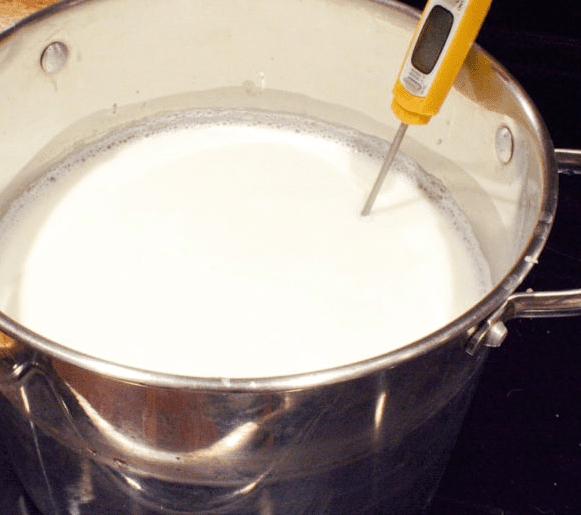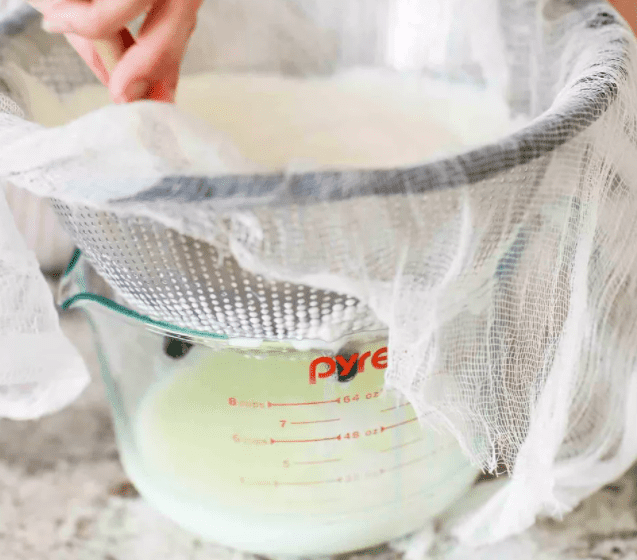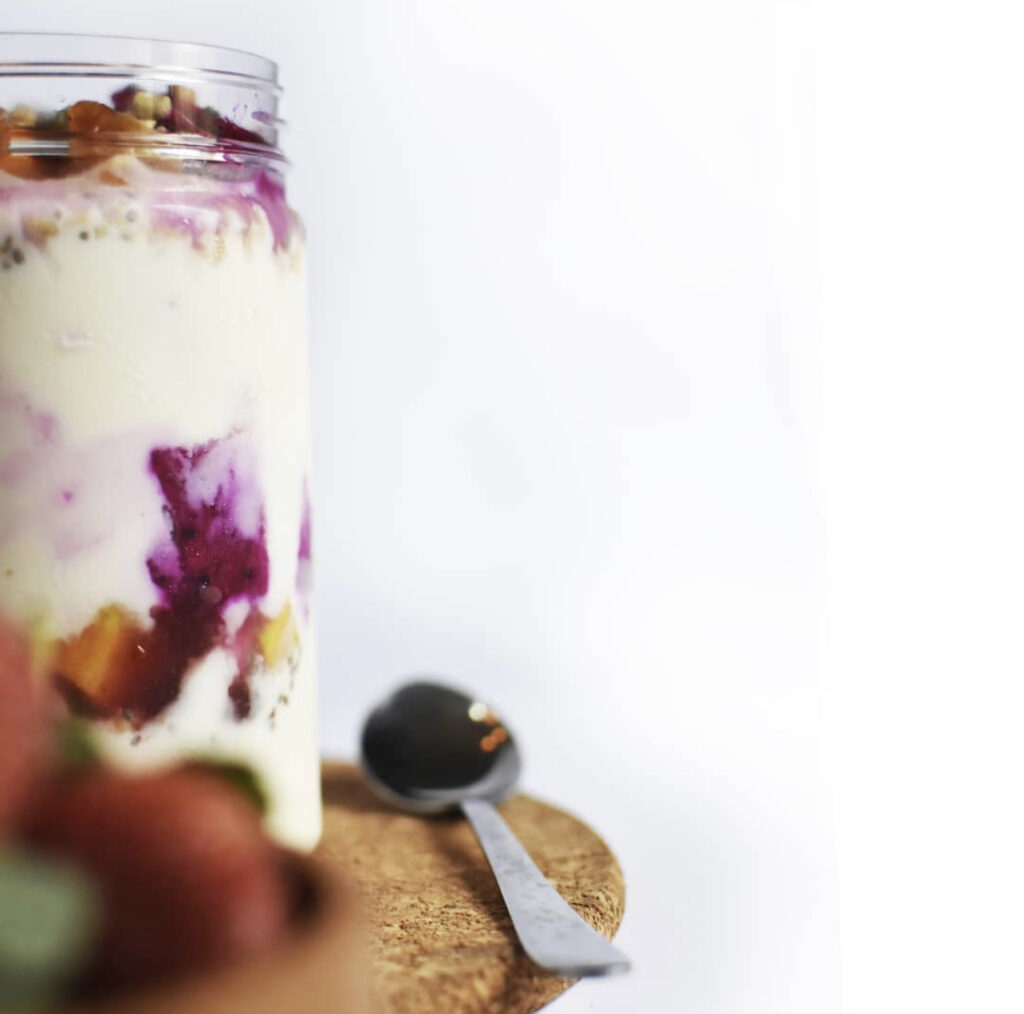Greek yoghurt has a reputation of being a health food ingredient and can be used in a variety of dishes, cooked or raw, savoury, or sweet.
Despite being used in recipes as a replacement for sour cream and mayonnaise to reduce calories and fat, full fat Greek yoghurt can more than hold its own when it comes to bringing creaminess and tang to a recipe.
Yoghurt is cultured milk. It is made by heating milk and combining it with two live cultures - lactobacillus bulgaricus and streptococcus thermophilus. The warm milk creates the perfect environment for the bacteria to grow, thickening the milk to create yoghurt.
Greek yoghurt is yoghurt that has been strained to remove most of its whey, resulting in a thicker consistency than normal unstrained yoghurt, while still preserving the distinctive sour taste of yoghurt.
Greek yoghurt, or strained yoghurt, has increased in popularity compared to unstrained yoghurt. Straining makes even non-fat varieties thicker, richer, and creamier than unstrained. Since the straining process removes some of the lactose, strained yoghurt is lower in sugar than unstrained yoghurt.
Making Greek yoghurt at home is simple with our easy homemade Greek yoghurt recipe.
Homemade Greek Yoghurt Recipe
Tips
Make Ahead Tip: Refrigerate for up to 1 week.
Equipment
5- to 8 cup container with lid
Thermometer
Large fine-mesh sieve
Cheese cloth
Ingredients
Just like kombucha, kefir and kimchi, yoghurt is a fermentation, meaning it’s created by adding some bacteria (yoghurt) to a sugar-containing substance (milk) and letting the bacteria eat up the sugar.
So to make yoghurt at home, you’ll just need 2 ingredients:
Yoghurt: Be sure to use a good quality yoghurt that has ‘live’ or ‘active’ cultures
Milk: Whole fat milk produces the best texture for homemade yoghurt
The result of fermentation is always acid, gas, or alcohol. Fermentation of milk gives us acid, making for the distinctively tart flavour of yoghurt.
Method
Step 1: Heat Milk
Heat milk to in a large saucepan over medium-high heat, stirring frequently, until it is steaming, barely bubbling and registers 85 degrees C (185 degrees F) on an instant-read or candy thermometer - important for creating a thick, nicely textured yoghurt. Do not leave unattended - it can boil over very quickly.

Step 2: Cool Milk
Cool milk back down to lukewarm (about 43 degrees C, 110 degrees F), stirring, then add 1/2 cup of the warm milk into the yoghurt. Cooling down the milk will prevent you from killing the live cultures in the yoghurt. Whisk the yoghurt and milk together, then add the rest of the milk and mix well.
Step 3: Let Sit in a Warm Environment
Cover your mixture in a container and leave in a very warm place, undisturbed for 8 to 12 hours, or until yoghurt is thickened and tangy.
There are a few ways to create a very warm (about 43 degrees C, 110 degrees F) environment for making yoghurt:
Oven method: Turn your oven on to 90 degrees C (200 degrees F) for about 5 minutes, then turn it off. Add the towel-wrapped container of yoghurt and if you have an oven light, turn it on for added warmth to ferment the yoghurt.
Cooler method: Place a hot water bottle (or other small container) filled with very hot water alongside the towel-wrapped container in a small cooler, or
Heating pad method: Wrap a heating pad set to high around the towel-wrapped container.
Refrigerate until cold, about 2 hours. The yoghurt will thicken a bit more in the refrigerator.
After sitting in a warm environment for a few hours, your plain yoghurt is ready to eat. To turn this plain yoghurt into Greek yoghurt however, we need to add one more step and strain it.
Step 4: Strain to Make Greek Yoghurt
Set a large mesh sieve lined with 2 layers of cheese cloth over a large bowl. Spoon in yoghurt, cover and place in the fridge for 8 to 24 hours until yoghurt reaches your desired thickness.
The liquid that is drained out of the yoghurt is whey. Whey is a great protein and works well in smoothies and soups, or you can use it in place of buttermilk in baking.




